Find Help
More Items From Ergsy search
-
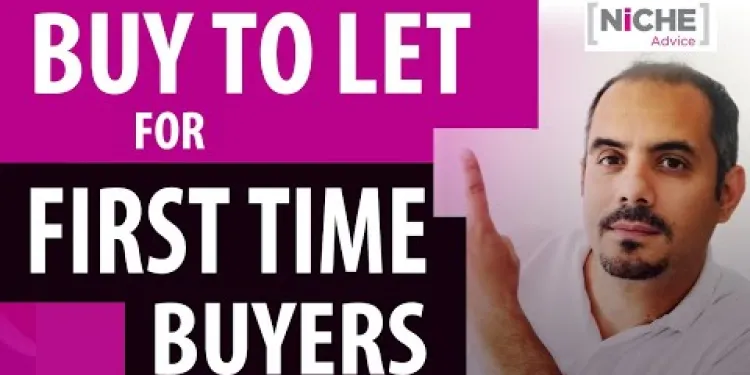
First Time Buyer Buy to Let Finance Options. Lending Criteria on Mortgage and Bridging Finance
Relevance: 100%
-
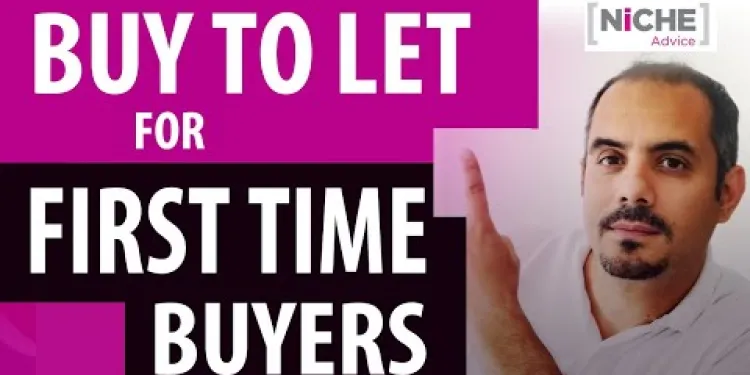
First Time Buyer Buy to Let Finance Options. Lending Criteria on Mortgage and Bridging Finance
Relevance: 88%
-

HMO Mortgage Truths - how to get the best Finance option including Bridging Loan Criteria
Relevance: 49%
-

Uk Buy to Let for Older Clients - Mortgage Options Tips and Criteria
Relevance: 46%
-

Bridging Finance Dangers - Tips on common problems, risks and lending rules in the UK
Relevance: 41%
-
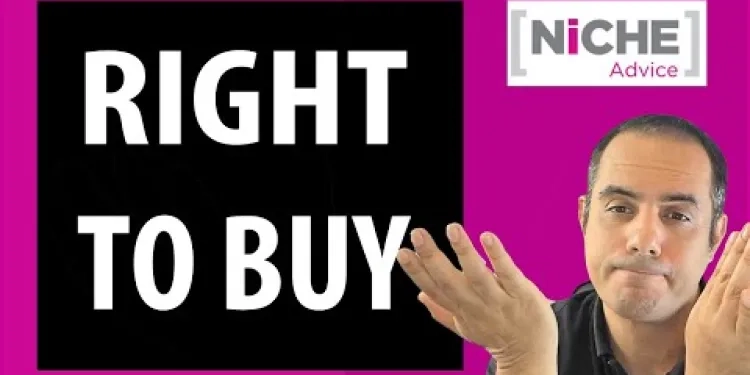
RIGHT TO BUY MORTGAGE - LET ME SAVE YOU TIME AND MONEY
Relevance: 40%
-
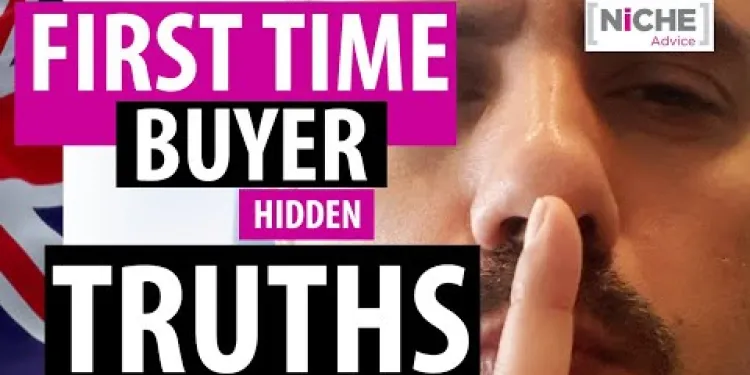
First Time Buyer UK - Own Outright vs Help to Buy vs Shared Ownership
Relevance: 38%
-

How to Buy property with your children under the age of 18 and get Buy to Let Mortgage.
Relevance: 36%
-
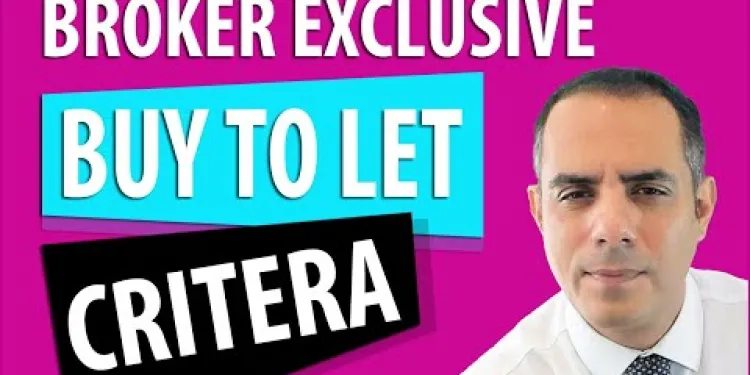
5 Broker Exclusive Buy to Let Mortgage Lenders you need to know about as a Landlord
Relevance: 35%
-

Can I get a Buy to Let Mortgage With My 18 Year Old Son
Relevance: 31%
-
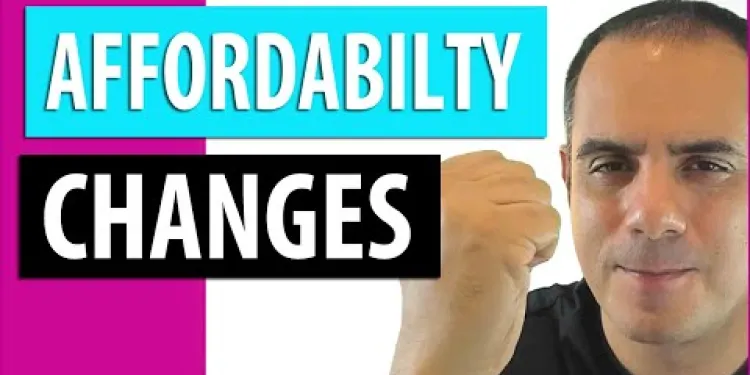
Mortgage Regulator removes the need for further affordability stress tests
Relevance: 27%
-
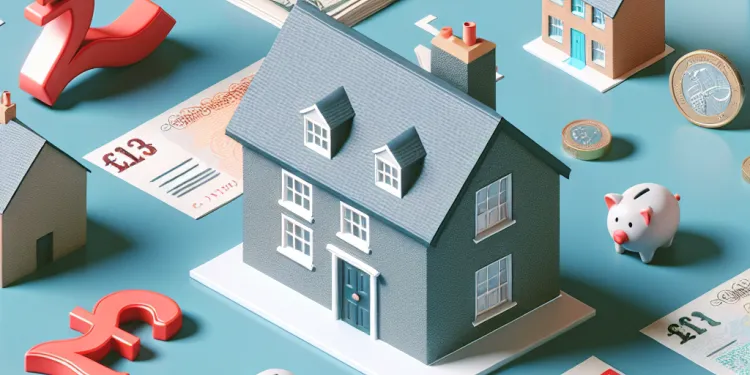
Can Stamp Duty be included in a mortgage in the UK?
Relevance: 26%
-
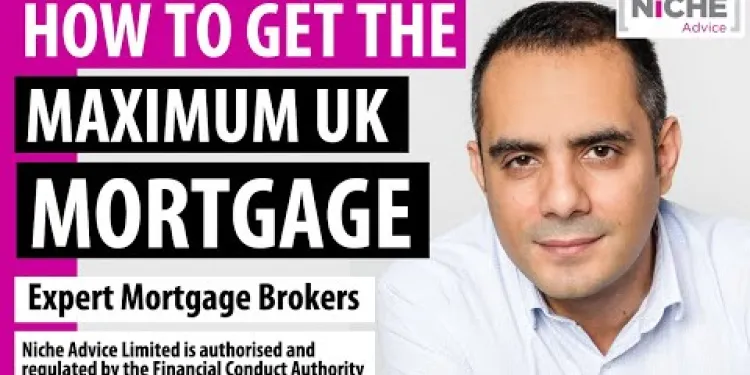
Getting the maximum mortgage in the UK
Relevance: 26%
-

House Prices Soar: First-Time Buyers Share Their Stories
Relevance: 26%
-
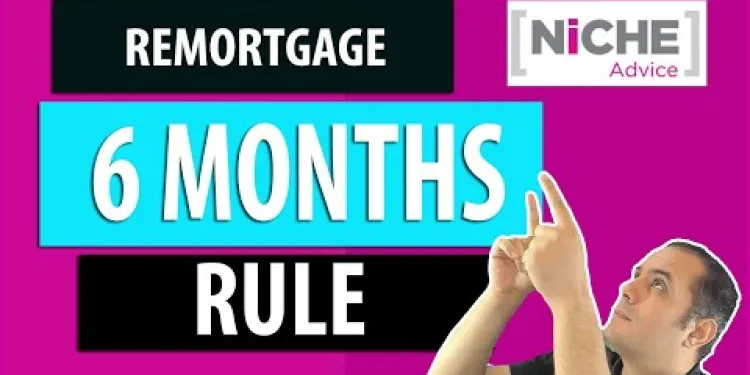
Remortgage within 6 Months on the open market value Residential or Buy to Let Properties
Relevance: 25%
-

Mortgage on Inherited Property - How we can help you with the finance
Relevance: 24%
-

Are first-time buyers affected differently by interest rate changes?
Relevance: 24%
-
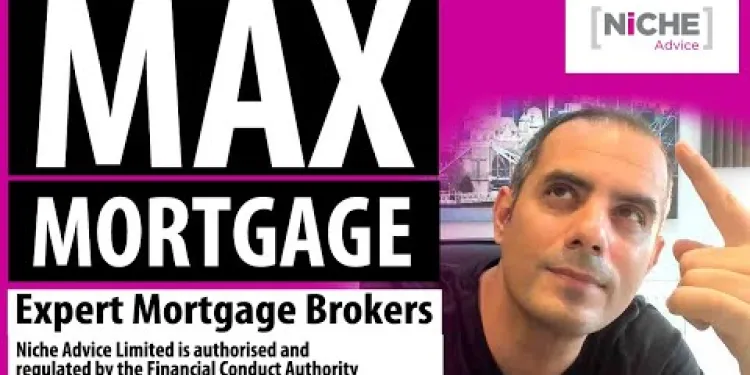
How much can I borrow for a mortgage UK - getting the Maximum Mortgage
Relevance: 23%
-
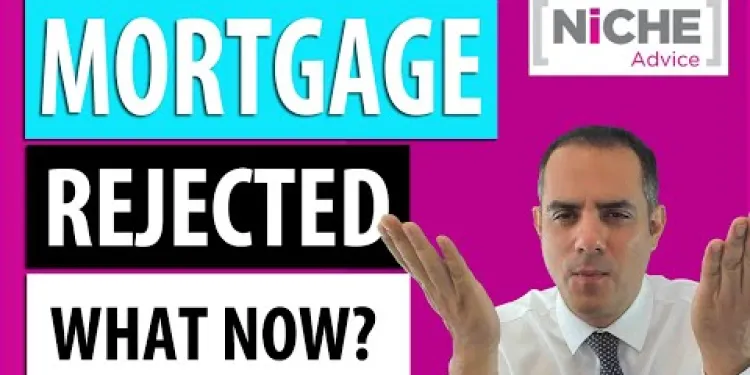
Turned down for a mortgage? Find out why and what to do
Relevance: 23%
-
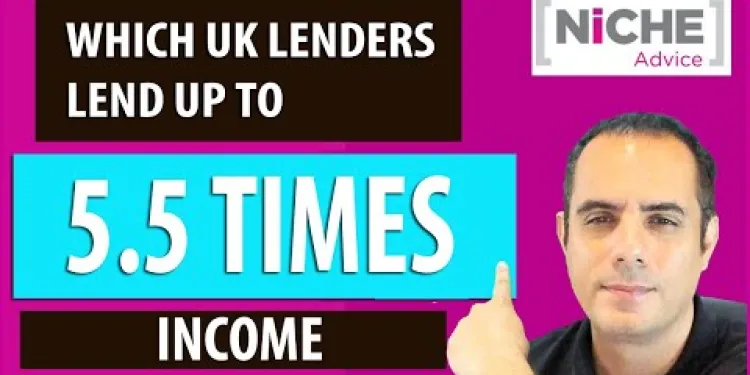
Highest Income Multiple Mortgage Lenders Revealed - Good and Bad Points
Relevance: 22%
-
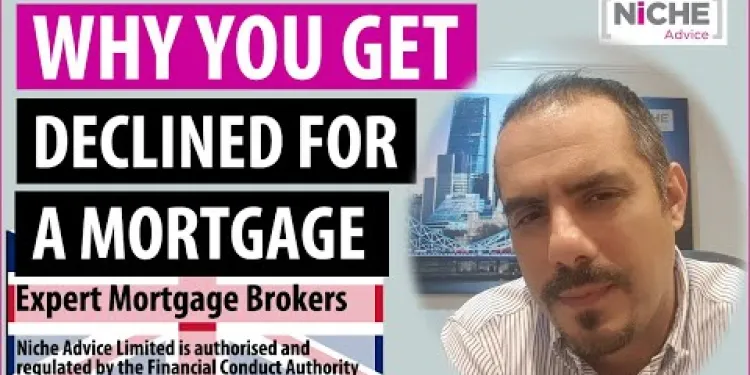
Mortgage Turned Down In The UK - Why mortgage applications are declined
Relevance: 22%
-

How does leasing compare financially to financing a car?
Relevance: 22%
-

Why is understanding the terms of car finance important?
Relevance: 21%
-

Is there a Stamp Duty exemption for first-time buyers in the UK?
Relevance: 21%
-
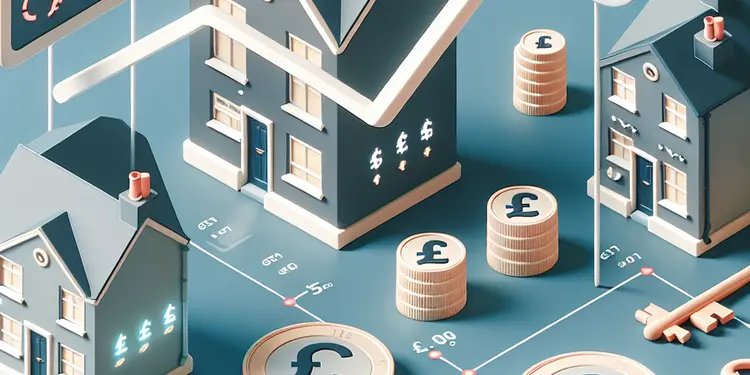
Rising Property Prices Fuel Concerns Over First-Time Buyer Accessibility
Relevance: 21%
-
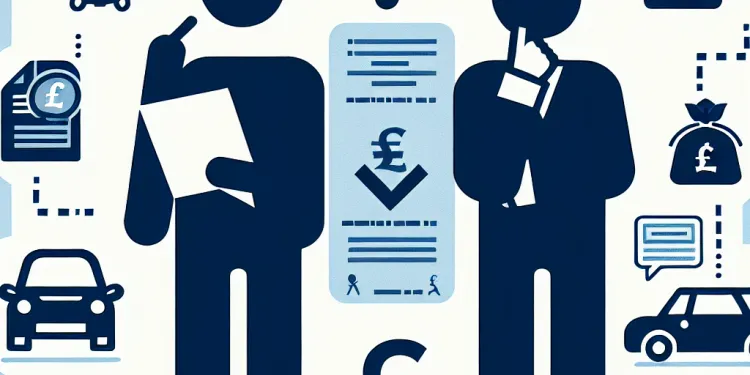
What are common signs of being mis-sold car finance?
Relevance: 20%
-

Can a finance broker be liable for mis-selling car finance?
Relevance: 20%
-
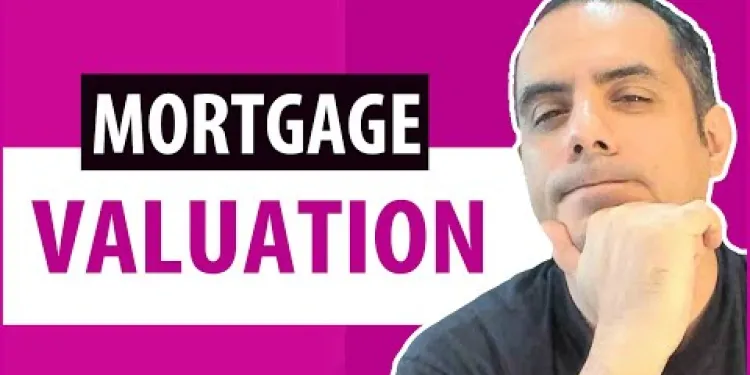
Can Mortgage lenders work from my own Survey Valuation Report?
Relevance: 20%
-

What is the time limit for making a complaint about mis-sold car finance?
Relevance: 20%
-
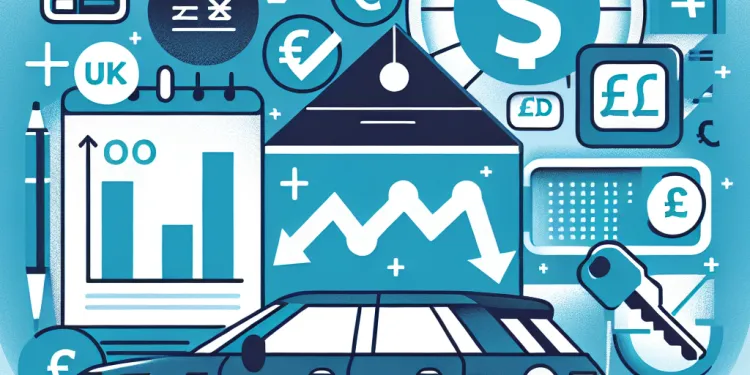
What does it mean to be mis-sold car finance?
Relevance: 19%
-

How to Buy a Car UK | Pros and Cons | PCP vs HP vs Leasing
Relevance: 19%
-

Can mis-sold car finance affect my credit score?
Relevance: 19%
-

Can I buy a Nissan electric vehicle in the UK?
Relevance: 19%
-

What should I look for in my car finance agreement?
Relevance: 19%
-

The Ultimate Buy-To-Let Mortgage Breakdown
Relevance: 19%
-

Are all car finance products potentially subject to mis-selling?
Relevance: 19%
-
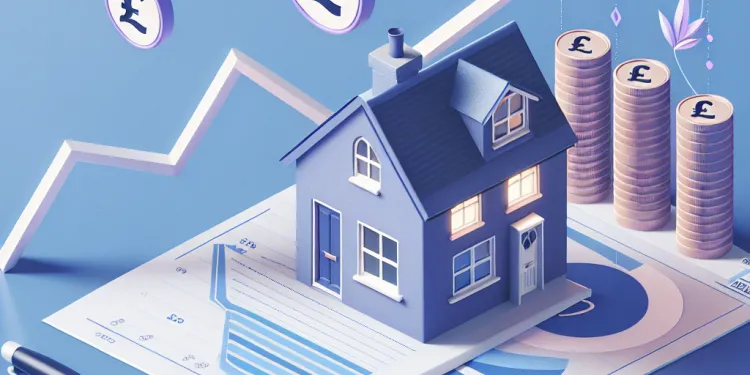
What should I do if I can't afford my mortgage payments due to rising interest rates?
Relevance: 18%
-
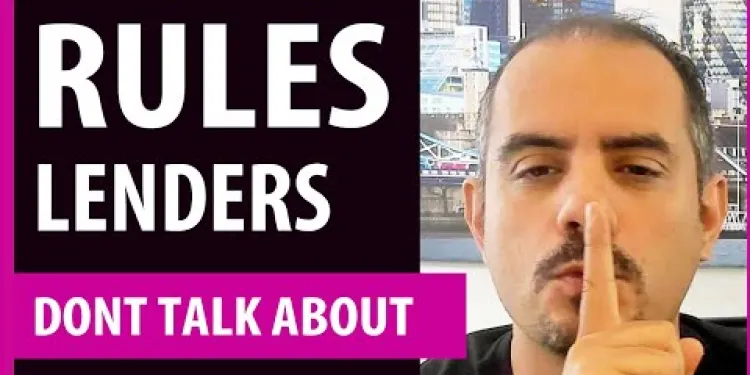
UK Mortgage Rules Lenders Don't Talk About - Debt To Income Ratio
Relevance: 18%
-

Are there financial aids available for further education?
Relevance: 18%
-
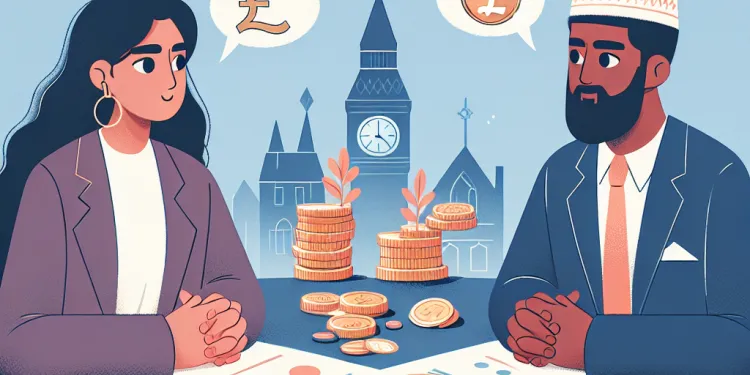
Navigating Post-Divorce Finances Amidst Economic Challenges
Relevance: 18%
First Time Buyer Buy to Let Finance Options
Entering the buy-to-let market as a first-time buyer can be both an exciting and daunting task. Understanding your finance options is crucial. In the UK, there are several financial products tailored for first-time buyers looking to invest in buy-to-let properties. This guide explores the options available, focusing on mortgage and bridging finance, and the associated lending criteria.
Understanding Buy to Let Mortgages
Buy-to-let mortgages are specifically designed for borrowers looking to purchase property as an investment, rather than as a primary residence. For first-time buyers, these mortgages may come with stricter criteria compared to residential mortgages. Typically, lenders require a larger deposit, often around 25% or more, and may charge higher interest rates. Additionally, lenders assess the potential rental income to ensure it covers the mortgage repayments, often requiring the rental income to be 125-145% of the mortgage payment.
Bridging Finance for First Time Buyers
Bridging finance can be a viable short-term funding option for those looking to secure a property quickly. It serves as a temporary finance solution until a more permanent financing method is obtained. For first-time buy-to-let investors, bridging loans can provide the flexibility needed to complete a purchase swiftly. However, this option comes with higher interest rates and fees, as well as a shorter repayment period, usually up to 12 months. It is important for buyers to have a clear exit strategy, such as refinancing onto a traditional buy-to-let mortgage.
Lending Criteria
When considering buy-to-let finance, lenders in the UK evaluate several key factors. Firstly, they look at the applicant’s credit history to ensure reliability. Income verification is necessary, as lenders want to ascertain that the borrower can manage any financial pressures that may arise. Furthermore, lenders assess the property’s location and condition to estimate potential rental yield. Lastly, first-time buyers may face additional scrutiny, as lenders perceive them as higher risk compared to experienced landlords.
Overall, navigating the financial products available as a first-time buy-to-let investor requires careful planning and understanding of both the immediate and long-term obligations. Consider consulting a financial adviser to explore all available options and secure the best possible terms for your investment.
First Time Buyer Buy to Let Finance Options
Buying a property to rent out for the first time can be exciting but also a bit scary. Understanding your money choices is very important. In the UK, there are financial products made for new buyers who want to rent out properties. This guide will explain your choices, such as mortgages and bridging loans, and what you have to do to get them.
Understanding Buy to Let Mortgages
Buy-to-let mortgages are for people who buy property to rent out, not to live in. If you're a first-time buyer, these mortgages can be harder to get compared to normal home loans. You usually need a bigger deposit, about 25% or more. The banks may also charge more interest. The bank wants to know the rent you make will cover the mortgage. So, they often want the rent to be 125%-145% of what you pay on the mortgage each month.
Bridging Finance for First Time Buyers
Bridging finance is a short-term loan. It helps you buy a property quickly. This loan is only temporary until you find a better, long-term loan. It can be helpful for new landlords. But, it costs more in interest and fees and you must pay it back quicker, usually in a year or less. You need a plan on how to pay it back, like switching to a normal buy-to-let mortgage.
Lending Criteria
When looking at buy-to-let loans, banks check a few things. They look at your credit history to see if you are a trustworthy borrower. You need to show proof of income to show you can handle money pressures. They also check where the property is and its condition to guess the rent you might earn. First-time buyers might be checked more as banks see them as riskier than experienced landlords.
To sum up, if you want to invest in rental property for the first time, it's important to plan carefully and understand what is needed now and later. You might want to talk to a financial adviser. They can help you explore your choices and get the best deal for your investment.
Frequently Asked Questions
What is Buy to Let finance?
Buy to Let finance refers to mortgages specifically designed for properties that you intend to rent out to tenants rather than live in yourself.
Can first-time buyers get a Buy to Let mortgage?
Yes, first-time buyers can obtain a Buy to Let mortgage, but they may face stricter lending criteria and need to demonstrate strong financial standing.
What deposit is required for a Buy to Let mortgage?
Typically, a deposit of at least 20-25% of the property's value is required for a Buy to Let mortgage in the UK.
Is rental income considered when applying for a Buy to Let mortgage?
Yes, lenders will assess the expected rental income and generally require it to cover 125-145% of the mortgage payments.
What is Bridging finance?
Bridging finance is a short-term loan used to 'bridge' the gap between the purchase of a new property and the sale of an existing one.
When might I need Bridging finance?
Bridging finance can be useful if you need to complete a property purchase quickly, but are waiting for the sale of another property to complete.
What is the typical duration of Bridging finance?
Bridging loans are typically short-term, lasting from a few weeks to a year.
Can I get Bridging finance as a first-time buyer?
Yes, first-time buyers can access bridging finance, though lenders will carefully consider your ability to repay the loan.
What are the interest rates for Bridging finance?
Interest rates for bridging loans are generally higher than standard mortgages, often between 0.4% and 2% per month.
What are the lending criteria for Buy to Let mortgages for first-time buyers?
Lenders typically require a larger deposit, a good credit history, proof of income, and potential rental income to cover the mortgage payments.
Do I need landlord insurance for a Buy to Let property?
Yes, landlord insurance is recommended to protect against financial losses from risks related to rental properties.
Can I live in a property financed with a Buy to Let mortgage?
No, Buy to Let mortgages are intended for rental properties and not for owner-occupiers. Living in the property could breach mortgage terms.
What is a stress test in Buy to Let mortgages?
A stress test is an assessment by lenders to ensure you can afford the mortgage payments under potential higher interest rate scenarios.
Do Buy to Let mortgages offer interest-only options?
Yes, most Buy to Let mortgages are available on an interest-only basis, which means you might only pay the interest on the loan each month.
Are there tax implications for first-time buyers on Buy to Let properties?
Yes, there are tax implications, including paying income tax on rental income and potential capital gains tax when selling the property.
What is Buy to Let finance?
Buy to Let finance helps you buy a house.
You buy the house to rent it to other people.
If you need help understanding, you can use:
- Pictures to show each step.
- Videos that explain Buy to Let.
- Talking to someone who knows about Buy to Let.
Buy to Let finance is a special kind of loan. It is for buying homes that you want to rent to other people to live in. You do not live in these homes yourself.
Can someone buy their first home with a Buy to Let mortgage?
Are you thinking about buying your first house? Do you want to rent it out to someone else? This is called a "Buy to Let" mortgage.
If it is your first time buying a house, a Buy to Let mortgage can be tricky.
Try asking a grown-up to help you understand. You can also use pictures or videos to help explain.
Yes, people buying a home for the first time can get a Buy to Let mortgage. This means they can buy a house to rent out. But, they might have to follow more rules. They also need to show they can manage money well.
How much money do I need to start a Buy to Let mortgage?
When you want to buy a home to rent out in the UK, you usually need to pay some money up front. This is called a deposit. The deposit is about 20 to 25% of the home's price.
Does rental money count when getting a Buy to Let mortgage?
If you make money from renting out a house, the bank will look at this when you ask for a Buy to Let mortgage.
To help understand more:
- Ask someone you trust to explain.
- Use simple tools like a calculator to check money.
- Draw a picture or use a chart to see how much money you could make from rent.
Yes, banks and lenders will look at how much money you will get from rent. They usually want the rent money to be 125-145% of what you need to pay for the mortgage.
If you find it hard to read, you can ask someone to help you. Drawing or using simple charts might also make it clearer.
What is Bridging Finance?
Bridging finance is a short-term loan. It helps people buy something big, like a house, when they don't have the money right away. They pay it back later.
If you find reading hard, try these tips:
- Ask someone to read with you.
- Use a ruler or your finger to keep your place.
- Listen to an audio version if available.
Bridging finance is a short-term loan. People use it to help pay for a new home when they are waiting to sell their old home.
When might I need Bridging finance?
You might need Bridging finance when:
- You want to buy a new house before selling your old one.
- You need quick money to buy a property at an auction.
- You are waiting for a long-term loan to be approved.
- Your money is tied up in other investments, and you need cash now.
Tools and tips to help understand this:
- Ask someone to explain any hard words.
- Use a dictionary to look up words you don't know.
- Take breaks if you find the information too much.
Bridging finance is a type of loan that helps you buy something quickly. It is useful if you are buying a new house but are still waiting to sell your old one.
How long does Bridging finance usually last?
Bridging loans are loans that you only have for a short time. You might have them for a few weeks or up to one year.
Can I get a Bridging Loan if I am buying a home for the first time?
A bridging loan is a short-term loan. It helps people to buy a new home before they sell their old one.
If you are buying a home for the first time, you might not have an old home to sell. So, it can be hard to get a bridging loan. But it is not impossible.
Here are some tips if you want a bridging loan:
- Talk to a loan advisor. They can help you understand if a bridging loan is right for you.
- Look at your money. Make sure you have a plan to pay back the loan.
- See if there are other types of loans that might work better for buying your first home.
Yes, people buying a home for the first time can get a special loan called bridging finance. But the bank will check if you can pay back the money.
What are the interest rates for Bridging finance?
What are the costs for a short-term loan?
Bridging finance means borrowing money for a short time.
Interest rates are the extra money you pay back to the lender.
Bridging loan interest rates are usually higher than regular home loans. They are often between 0.4% and 2% each month.
What do first-time buyers need to get a Buy to Let mortgage?
If you are buying a home to rent out for the first time, here is what you need to know to get a Buy to Let mortgage:
- Deposit: You usually need a bigger deposit than for a regular home loan.
- Rental Income: The money you make from rent should cover the loan payments.
- Credit Score: Lenders look at your credit history to see if you are a reliable borrower.
- Other Income: Some lenders check if you have income from other places, like a job.
If you need help, ask a parent, guardian, or use apps that help with reading and understanding.
If you want to get a loan to buy a house, here's what you will need:
- You need to have some money saved up to give to the bank first. This is called a "deposit."
- Your credit history should be good. This means you should have paid your bills on time in the past.
- You need to show that you make money. This is "proof of income."
- If you're planning to rent out the house to someone else, you might use the money you earn from rent to help pay back the bank. This is called "rental income."
For extra help, you can use tools like online calculators to see how much you can borrow. You can also ask someone at the bank to explain it to you.
Do I need landlord insurance for a Buy to Let property?
If you own a house or a flat and you rent it to other people, you might need special insurance. This insurance is called landlord insurance.
Landlord insurance helps protect your property and can cover costs if something goes wrong, like damage or unpaid rent.
Think about getting landlord insurance if you rent out your property to make sure you and your property are safe.
If you find reading hard, you could try using tools that read text out loud or other apps that help you understand better.
Yes, having landlord insurance is a good idea. It helps protect you from losing money if something goes wrong with your rental house or apartment.
Can I live in a home paid for with a Buy to Let loan?
If you have a kind of loan called a Buy to Let mortgage, it is for renting the home to other people.
You should not live there yourself.
If you want to live in the home, talk to your bank about a different kind of loan.
A good tool to use if reading is hard is text-to-speech. It reads the words out loud.
You can also ask someone you trust to help explain things.
No, Buy to Let mortgages are for homes you rent out to other people. They are not for living in yourself. If you live there, it can break the rules of the mortgage.
What is a stress test in Buy to Let mortgages?
A Buy to Let mortgage is a loan to buy a house or flat that you rent to other people.
A stress test checks if you can pay back the loan even if things change.
This test helps the bank see if you can still pay if the rent you get is less or if the loan costs more.
To help understand, you can use:
- Online videos or guides about loans.
- Help from a friend or family member.
- Talk to a bank or mortgage advisor.
A stress test is a way for banks to check if you can pay your mortgage if interest rates go up. They want to make sure you can still afford it, even if things change.
Can you pay only the interest on a Buy to Let mortgage?
Yes, many Buy to Let mortgages let you pay just the interest each month. This means you only pay the cost of borrowing the money, not the actual loan itself.
Do first-time buyers pay taxes when buying a property to rent out?
If you are buying a house for the first time and want to rent it out, you might have to pay some taxes.
- Look for Help: Ask a person who knows about taxes to explain them to you.
- Use Online Tools: Find easy calculators online to see how much tax you might pay.
- Learn Step by Step: Break down the steps of buying, like saving money or filling forms.
Yes, you may have to pay taxes. You pay income tax on money you make from renting out the property. You might also pay capital gains tax if you sell the property for more money than you bought it.
Useful Links
- Ergsy carfully checks the information in the videos we provide here.
- Videos shown by Youtube after a video has completed, have NOT been reviewed by ERGSY.
- To view, click the arrow in centre of video.
- Most of the videos you find here will have subtitles and/or closed captions available.
- You may need to turn these on, and choose your preferred language.
- Go to the video you'd like to watch.
- If closed captions (CC) are available, settings will be visible on the bottom right of the video player.
- To turn on Captions, click settings .
- To turn off Captions, click settings again.
More Items From Ergsy search
-

First Time Buyer Buy to Let Finance Options. Lending Criteria on Mortgage and Bridging Finance
Relevance: 100%
-

First Time Buyer Buy to Let Finance Options. Lending Criteria on Mortgage and Bridging Finance
Relevance: 88%
-

HMO Mortgage Truths - how to get the best Finance option including Bridging Loan Criteria
Relevance: 49%
-

Uk Buy to Let for Older Clients - Mortgage Options Tips and Criteria
Relevance: 46%
-

Bridging Finance Dangers - Tips on common problems, risks and lending rules in the UK
Relevance: 41%
-

RIGHT TO BUY MORTGAGE - LET ME SAVE YOU TIME AND MONEY
Relevance: 40%
-

First Time Buyer UK - Own Outright vs Help to Buy vs Shared Ownership
Relevance: 38%
-

How to Buy property with your children under the age of 18 and get Buy to Let Mortgage.
Relevance: 36%
-

5 Broker Exclusive Buy to Let Mortgage Lenders you need to know about as a Landlord
Relevance: 35%
-

Can I get a Buy to Let Mortgage With My 18 Year Old Son
Relevance: 31%
-

Mortgage Regulator removes the need for further affordability stress tests
Relevance: 27%
-

Can Stamp Duty be included in a mortgage in the UK?
Relevance: 26%
-

Getting the maximum mortgage in the UK
Relevance: 26%
-

House Prices Soar: First-Time Buyers Share Their Stories
Relevance: 26%
-

Remortgage within 6 Months on the open market value Residential or Buy to Let Properties
Relevance: 25%
-

Mortgage on Inherited Property - How we can help you with the finance
Relevance: 24%
-

Are first-time buyers affected differently by interest rate changes?
Relevance: 24%
-

How much can I borrow for a mortgage UK - getting the Maximum Mortgage
Relevance: 23%
-

Turned down for a mortgage? Find out why and what to do
Relevance: 23%
-

Highest Income Multiple Mortgage Lenders Revealed - Good and Bad Points
Relevance: 22%
-

Mortgage Turned Down In The UK - Why mortgage applications are declined
Relevance: 22%
-

How does leasing compare financially to financing a car?
Relevance: 22%
-

Why is understanding the terms of car finance important?
Relevance: 21%
-

Is there a Stamp Duty exemption for first-time buyers in the UK?
Relevance: 21%
-

Rising Property Prices Fuel Concerns Over First-Time Buyer Accessibility
Relevance: 21%
-

What are common signs of being mis-sold car finance?
Relevance: 20%
-

Can a finance broker be liable for mis-selling car finance?
Relevance: 20%
-

Can Mortgage lenders work from my own Survey Valuation Report?
Relevance: 20%
-

What is the time limit for making a complaint about mis-sold car finance?
Relevance: 20%
-

What does it mean to be mis-sold car finance?
Relevance: 19%
-

How to Buy a Car UK | Pros and Cons | PCP vs HP vs Leasing
Relevance: 19%
-

Can mis-sold car finance affect my credit score?
Relevance: 19%
-

Can I buy a Nissan electric vehicle in the UK?
Relevance: 19%
-

What should I look for in my car finance agreement?
Relevance: 19%
-

The Ultimate Buy-To-Let Mortgage Breakdown
Relevance: 19%
-

Are all car finance products potentially subject to mis-selling?
Relevance: 19%
-

What should I do if I can't afford my mortgage payments due to rising interest rates?
Relevance: 18%
-

UK Mortgage Rules Lenders Don't Talk About - Debt To Income Ratio
Relevance: 18%
-

Are there financial aids available for further education?
Relevance: 18%
-

Navigating Post-Divorce Finances Amidst Economic Challenges
Relevance: 18%


